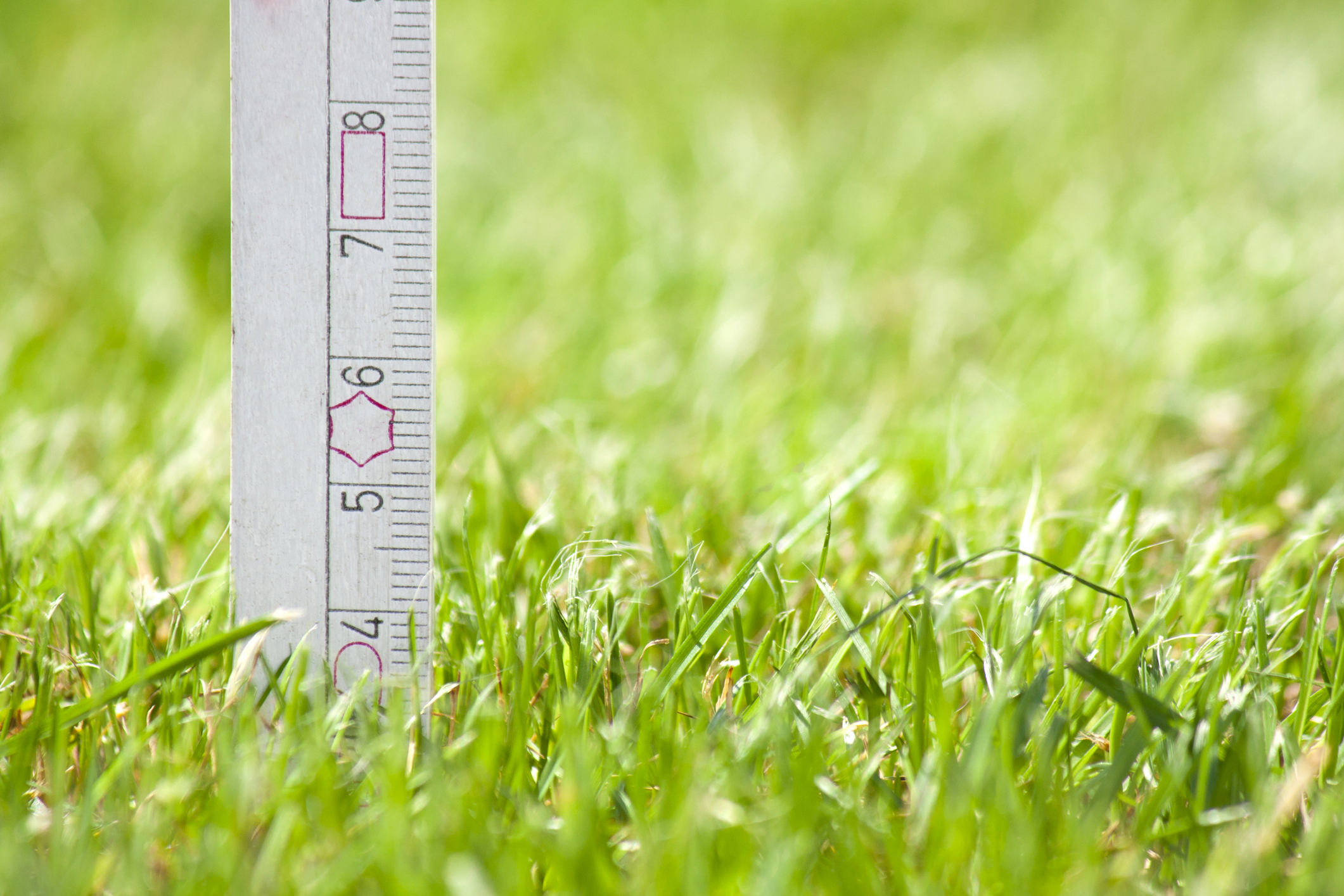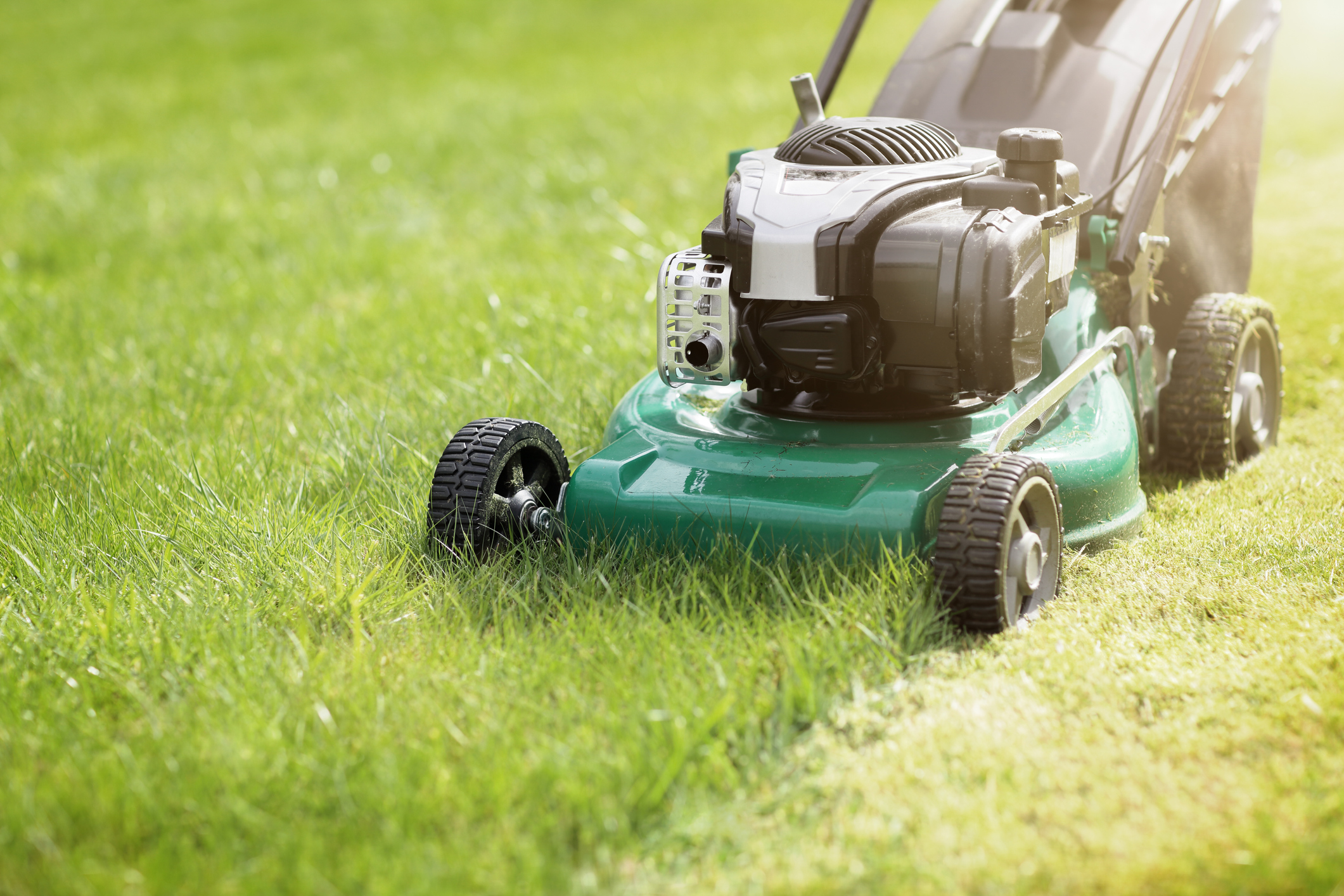Your Cart

Regular mowing is essential for maintaining the health and appearance of a lawn. Mowing promotes thicker growth and a denser turf, allowing the lawn to better withstand heat, drought, and disease. It also helps control the growth of weeds. Check out these mowing tips to help your lawn grow lush and healthy! Most cool-season grasses, found in the northern United States and Canada, should be maintained at a height of 2 1⁄2 to 3 1⁄2 inches. During the heat of the summer, it is recommended to raise the mower up to its higher setting or 3 1⁄2 to 4 inches. When the lawn is kept a little higher during these stressful summer conditions, it will retain moisture and reduce the chances of heat stress and drought. Warm-season grasses, found in southern regions of the United States, are generally kept shorter than cool-season grasses. The recommended height will vary based on the variety of grass. Common Bermudagrass: 3⁄4 to 1 1⁄4 inches Hybrid Bermudagrass: 1⁄2 to 1 1⁄2 inches Centipedegrass: 1 to 2 inches Zoysiagrass: 1 to 2 1⁄2 inches St. Augustine: 3 to 4 inches Fescue: 3 to 4 inches How frequently you mow will depend on how quickly your lawn is growing. Some lawns may need to be mowed more than once a week during periods of peak growth and only once every two weeks during periods of slow growth. You should not remove more than 1/3 of the leaf blade in a single cutting, as this will put stress on the grass plant and can cause it to turn brown. This means that if your lawn has been allowed to get excessively long, you should raise your mower to the highest setting before mowing. Keep your lawn mower blade razor sharp to ensure it makes a clean and precise cut of each blade of grass. This allows the lawn to heal quickly after mowing. A dull lawn mower can tear the blades of grass, which slows the healing process and exposes the torn, wounded tissue to possible turf disease attack. It is likely that you will need to sharpen the mower blade 1 to 2 times annually, depending on the size of your lawn. For safety, most lawn mower blades do not come sharpened from the factory, so you will likely need to sharpen your blade before the first mow with a new mower blade. Grasscycling is the environmentally beneficial practice of returning grass clippings to a lawn. By leaving the clippings to decompose on your lawn, you’re adding valuable nutrients back into the soil, so you only need to remove clippings from your lawn if they are excessively long and will smother the grass. Avoid mowing after rain or watering. Mow your lawn when the grass is dry to prevent the risk of injury and to prevent the grass blades from fraying. Each time you mow, change the direction of your path to keep the grass growing strong and straight and to reduce weed growth. Avoid mowing when lawn disease is active in your lawn to prevent the spread of the disease. Contact your local Weed Man professional for mowing tips specific to your grass type.Mowing Height
Cool-season Grasses
Warm-season Grasses

Mowing Frequency
Mowing Equipment

Grasscycling
Quick Tips